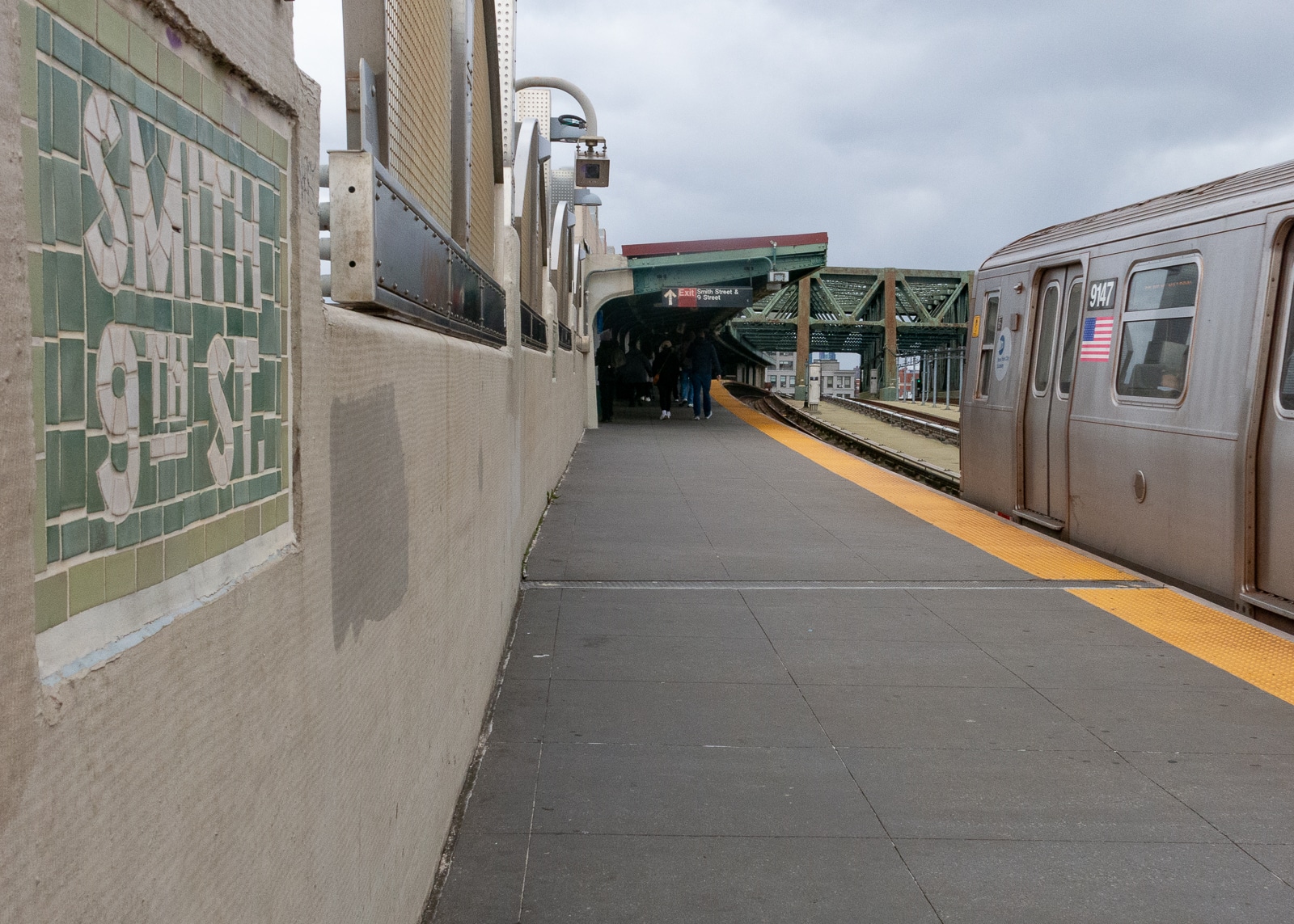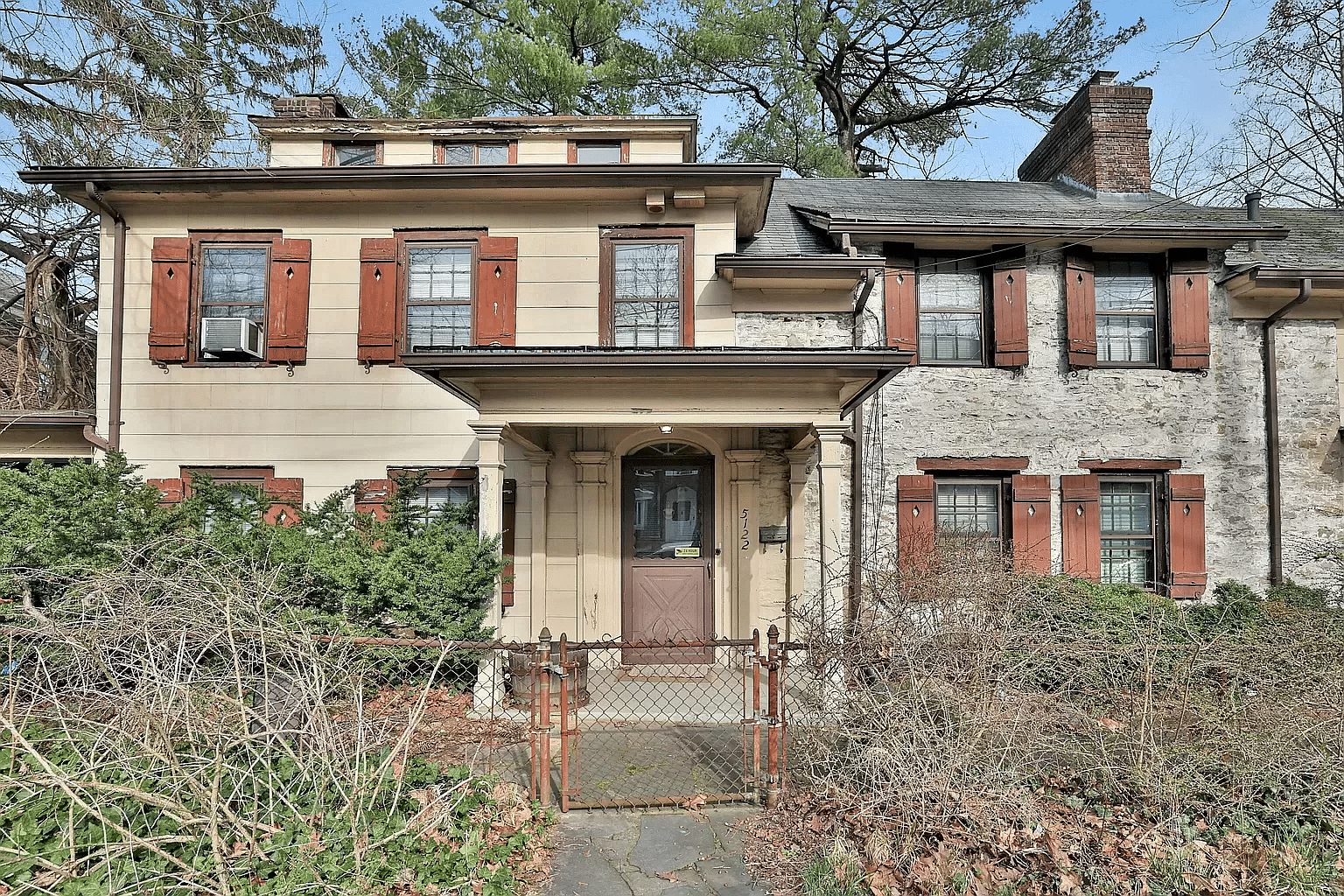Hillary Clinton Headquarters Comes to Brooklyn: The Story of 1 Pierrepont Plaza
This past week, Hillary Clinton chose 1 Pierrepont Plaza in Brooklyn Heights as her 2016 presidential campaign headquarters. The choice of Brooklyn as Clinton’s HQ is another marker signaling the change in the borough’s profile and stature. As with the growth of Williamsburg as a capital of youth culture, or the visibility of Barclays Center as the…

This past week, Hillary Clinton chose 1 Pierrepont Plaza in Brooklyn Heights as her 2016 presidential campaign headquarters.
The choice of Brooklyn as Clinton’s HQ is another marker signaling the change in the borough’s profile and stature. As with the growth of Williamsburg as a capital of youth culture, or the visibility of Barclays Center as the venue for such events as the MTV Video Music Awards and the Rock and Roll Hall of Fame Induction Ceremony, this can be seen as another chapter in Brooklyn’s growth into a tier-one city in its own right.
Name: 1 Pierrepont Plaza
Address: 135 Pierrepont Street
Cross Streets: Clinton Street and Cadman Plaza West
Neighborhood: Brooklyn Heights
Year Built: 1987
Architectural Style: Postmodern
Architect: Haines Lundberg Waehler
Other Buildings by Architect: Goddard Space Center-NASA, Google East Coast HQ, Jet Blue HQ, SAP Global Marketing HQ, McGraw Hill London HQ
Landmarked: No
Early Brooklyn developed, in part, around Fulton Street. It ran from the water’s edge at Fulton Ferry Landing, which connected Brooklyn to Manhattan, up through Brooklyn Heights, and turned at Court Street to run through the heart of Kings County.
During the second half of the 19th century, the commercial and financial heart of Brooklyn moved from the streets near Fulton Ferry, up Fulton Street to Montague and Court Streets.
This triangle of land made up by the intersections of Pierrepont, Fulton and Clinton Streets — where 1 Pierrepont Plaza now stands — was home to several of Brooklyn Heights’ most well-known buildings.

The 1887 map above shows that the anchor of this triangle was the First Baptist Church. In 1892, it was torn down for architect Frank Freeman’s masterpiece, the Brooklyn Savings Bank, completed in 1894. The bank was one of Brooklyn Heights’ finest and most important buildings, making this corner of Pierrepont a vital part of Brooklyn.

By 1904, this triangle had several more important buildings on it. Pierrepont between Clinton and Fulton Streets was also home to the Crescent Athletic Club, the favorite club of Brooklyn’s elite. Its domed roof, crescent weathervane, and exotic Middle Eastern architecture made for one of the visual highlights of the Heights.
Next to the Crescent was the Hotel Touraine. This, too, was home to Brooklyn’s elite. It was a luxury residential hotel whose guest list included many who wanted to live in the Heights, but did not own a home there. At the Touraine, they lived in large suites, with concierge and room services.

By 1904, the rest of the triangle was completely filled in too.

But in the mid-20th century, everything changed.
Robert Moses wanted to redefine Brooklyn, and that included the huge project of building Cadman Plaza. Hundreds of buildings were torn down for the project, and entire streets were de-mapped and removed. A controversial undertaking, but one that made way for the Cadman Plaza Park and an improved approach to the Brooklyn Bridge.

1 Pierrepont now at lower left hand corner, where the Touraine can just be glimpsed | NYPL via Wikimedia
Fulton Street now formed the western side of Cadman Plaza. It was widened and renamed Cadman Plaza West reducing the area of the triangle, seen in the 1950 map below.
The Crescent Club was long gone, and the hotels, and other buildings were no match for Moses. The Brooklyn Savings Bank survived, but only for a few more years. It was sold in 1961 and torn down in 1963.

The Cadman Plaza project produced the Business Library which stands (for now) in the space between Clinton Street and Cadman Plaza West.

The rest of the triangle was purchased by Forest City Ratner, the prolific and controversial developer who would go on to build Metrotech and the Barclays Center. In 1987, Forest City began construction of 1 Pierrepont Plaza.

The architects of the project were the firm of Haines Lundberg Waehler (HLW), based in Manhattan. The choice of HLW was, in a way, a complement to this historic site. It is one of the oldest architectural engineering firms in the country. Its history goes back to 1885, when the firm was founded by Cyrus L. W. Eidlitz. He was the son of noted architect Leopold Eidlitz, the architect of, among other things, the New York State Capitol building in Albany.
Cyrus Eidlitz was one of the architects behind early skyscrapers such as the old New York Times Building in Times Square. In 1910, as McKenzie, Voorhees, Gmelin, and Walker, the firm designed Brooklyn’s Municipal Building, shown below.

It was the first new skyscraper in Brooklyn in decades. The building towered over the neighborhood and was not loved by critics or neighbors concerned with its proportionality to the neighborhood.

Over time it became a core piece of the Cadman Plaza area, and its tenants contribute significantly to its economy.
Initially, the building was known as the Morgan Stanley Building, as they were an early tenant with a large footprint. It also holds the offices of the United States Attorney for the Eastern District of New York.

The building gained attention and foot traffic when Mt. Sinai chose it for the home of its new urgent care practice.
The announcement of Hillary Clinton’s choice of the building puts it in the spotlight again. She has taken two floors for her campaign, for a total of 80,000 square feet.

In many ways 1 Pierrepont is a fitting place for a political campaign headquarters. Its history is a microcosm of the story of Brooklyn — making space for new ideas while trying to protect tradition.
Top photo and photo above by Andrew Steininger via Instagram










What's Your Take? Leave a Comment